DIY Spray Foam Roof Insulation: The Key to a Comfortable and Energy-Efficient Home
Are you looking for an opportunity to save money on energy bills? The solution to enjoying a comfortable home while saving money is spray foam roof insulation. Moreso, it gets even more exciting and less expensive when you insulate your roof as a DIY project.

As we proceed, we will discuss the benefits of using spray foam insulation for roof insulation, the advantages of DIY spray foam roof insulation, the costs, and the recommended R-value for your roof insulation.
Spray Foam Roof Insulation: A Durable and Long-Lasting Solution
Spray foam insulation is a liquid foam that expands when applied. Spray foam insulation is used to seal holes and air gaps in roofs to reduce heat transfer. Many homeowners use spray foam for their roof insulation because of its advantages over other insulation types.
One of the benefits of using spray foam for your roof insulation is durability. Spray foam roof insulation is highly durable compared to other insulation; it can last up to 30 years when installed properly. The long-lasting and durable effect of spray foam roof insulation makes it cost-effective for increasing your home's energy efficiency.
Spray foam insulation is another way to extend the lifespan of your roof. Spray foam roof insulation provides a strong, extra layer of protection for your roof. The extra layer formed in your roof by spray foam protects your home from foreign elements.
Saving Money with DIY Spray Foam Roof Insulation

Spray foam roof insulation helps seal air gaps and holes in your roof that causes air leaks. Spray foam roof insulation can save money by making your home energy efficient, thereby reducing the energy consumed by the HVAC system. You can save up to 20% of your energy consumption by insulating your roof with spray foam insulation.
The cost of getting a professional for your roof insulation is expensive. DIY Spray foam roof insulation is important when you are working with a budget. By carefully following this step-by-step guide on spray foam thermal insulation, you can carry out roof insulation for metal roofs, garages, or metal buildings as a DIY project.
The Advantages of DIY Spray Foam Roof Insulation
The advantages of carrying out spray foam roof insulation as a DIY project cannot be overemphasized. The benefits of roof insulation with foam are seen in both the long-term and short term. The advantages of DIY Spray foam Roof insulation include the following;

Saving Money
Roof insulation cost by professionals is expensive! However, insulating your roof as a DIY project can help you save a lot of money. DIY spray foam insulation is a cost-effective solution for your under-roof insulation; it saves the cost of hiring a professional.
Easy to Apply
Using Spray Foam Insulation Kits is easy to apply because it requires no special tools or equipment. Also, you do not need to be skilled or have a particular level of expertise to insulate your roof. All you need for DIY spray foam roof insulation are the right equipment and guidelines.
Maximizing Energy Savings
Spray foam insulation provides a thermal barrier in your roof, reducing heat transfer into your home during summer and winter. With DIY Spray Foam Roof Insulation, you can lower your energy bills and increase the energy efficiency of your home or building.
Durable & Immediate Results
Durability is one of the benefits of spray foam insulation. Spray foam insulation has long-lasting effects because of its unique structure. Many homeowners prefer spray foam insulation for metal roof insulation because they are not replaced after a short period, and they improve the structural strength of the roof. This saves money in the long run.
You can see the results of installing roof insulation foam immediately. Spray polyurethane foam expands immediately to fill holes, cracks, and gaps in your roof when in contact with air. You can make the necessary adjustments after applying spray foam. This makes spray foam insulation suitable for rafter insulation, garage, attic, and flat roof insulation.
Versatility
Spray foam is also preferred by homeowners because of its versatility. Asides from houses, roof insulation for sheds, metal buildings, and mobile homes can be done using spray foam insulation.
Spray foam insulation can also be used for roof insulation with no loft or a roof with a loft. In addition, spray foam is used to thermally insulate different types of roofs, such as flat, metal, and pitched roofs.
Environmentally Friendly
Under-roof insulation is an environmentally friendly process and poses no harmful effect on you or the air as long as it is applied properly. It helps improve the quality of air in your home, making it conducive for people with allergies and asthma.
Customization
When you use roof insulation DIY, you can control the roof insulation thickness and coverage of the insulation to your taste.
Air Sealing
Spray foam roof insulation helps keep your roof sealed from air leaks, holes, and cracks that cause heat loss. Spray Foam Insulation is the best roof insulation method for making your home airtight to reduce energy loss and improve comfort.
Convenience
You can complete the installation at your own pace and schedule by carrying it out with DIY spray foam roof insulation. You are at liberty to carefully examine your work and fix errors when you want.
How Much Does It Cost to Insulate a Roof with Spray Foam? Is It Worth It?
The average cost of getting professional insulation on your roof is between $2000 and $3500. Many homeowners shy away from insulation when because of the cost of getting it done professionally. On the other hand, the average cost of DIY spray foam insulation is $1.1 to $1.2 per square foot.
Roof insulation cost depends on significant factors such as the roof's size, the insulation's thickness, and the type of spray foam insulation applied. Roof insulation is worth every penny because it provides a better R-value and saves energy costs when compared to other insulation types.

R-Value Standards for Spray Foam Roof Insulation
The thermal resistance of spray foam is measured by its R-value. Spray foam insulation has two different types; closed-cell spray foam and open-cell spray foam. Closed-cell spray foam has an R-value of 6 to 7 per inch, while open-cell spray foam typically has an R-value of 3.5 to 4.5 per inch.
The standard R-value for your roof insulation depends on factors like location, climate zone, and local building codes. The closed-cell spray foam is preferred because it provides a higher R-value. For example, if your building code requires a minimum R-value of R25, you would need 3 inches depth of closed-cell spray foam insulation or 6 inches of open-cell spray foam to achieve your desired R-value.
FAQs About Roof Insulation
What is the Best Roof Insulation?
Spray foam insulation is the best insulation for roof insulation. Spray has a higher R-value than other insulation types, prevents air and moisture, and makes your home comfortable and efficient.
How Long Does Spray Foam Insulation Last?
Spray foam insulation is durable and can last many years without needing replacement. Spray foam insulation can last up to 30 years without replacement.
What is the R-Value of Spray Foam Insulation?
The R-value of spray foam insulation depends on the type of spray foam used. Closed-cell spray foam has an R-value of 6 to 7 per inch, while open-cell spray foam typically has an R-value of 3.5 to 4.5 per inch.
How Much is Spray Foam Roof Insulation?
According to the national average, the cost of spray foam roof insulation is between $2000 to $3500.
Can I Install Spray Foam Insulation Myself?
Yes, with the right equipment and guidelines, you can install spray foam insulation as a DIY project.
1 comment
Author : Krakenbond Team


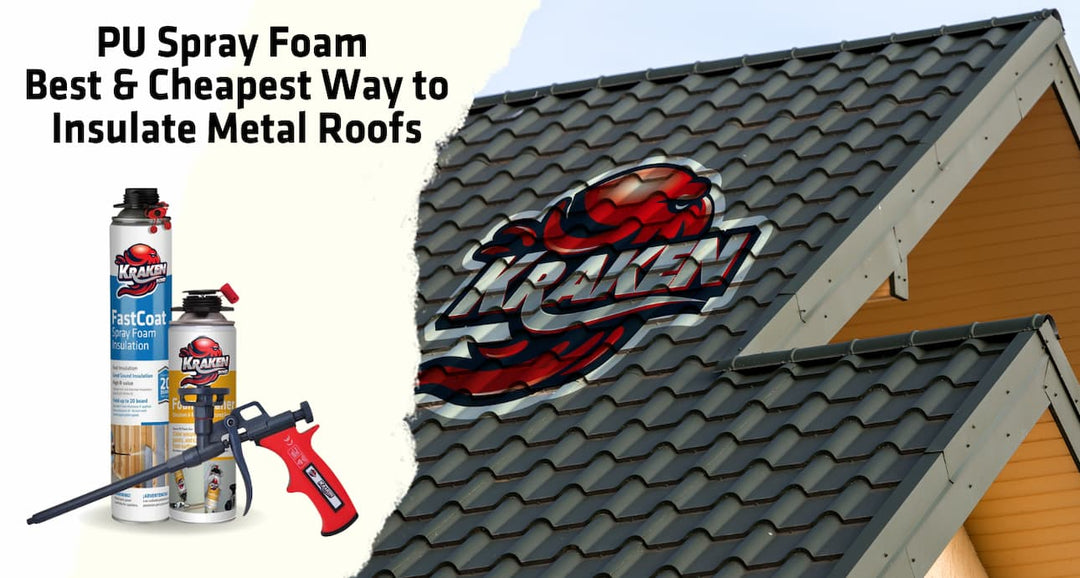

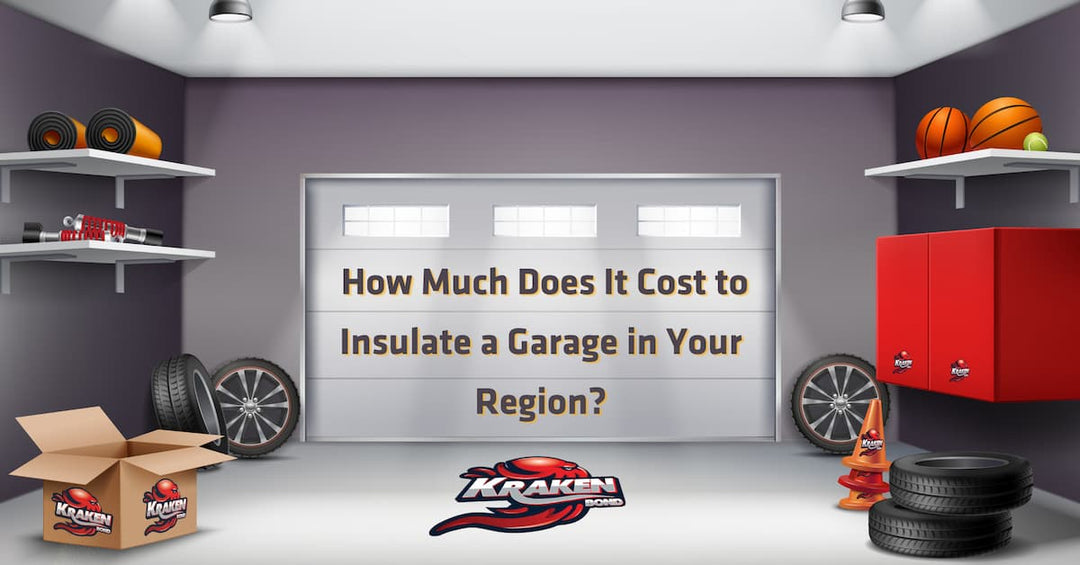
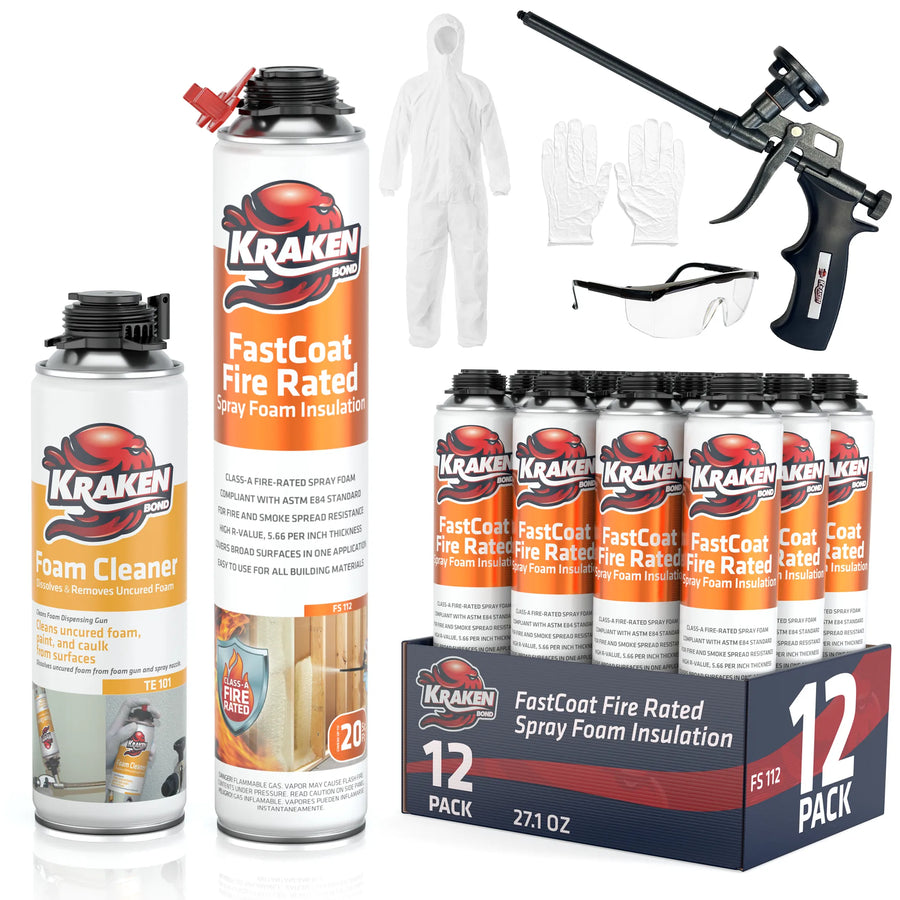







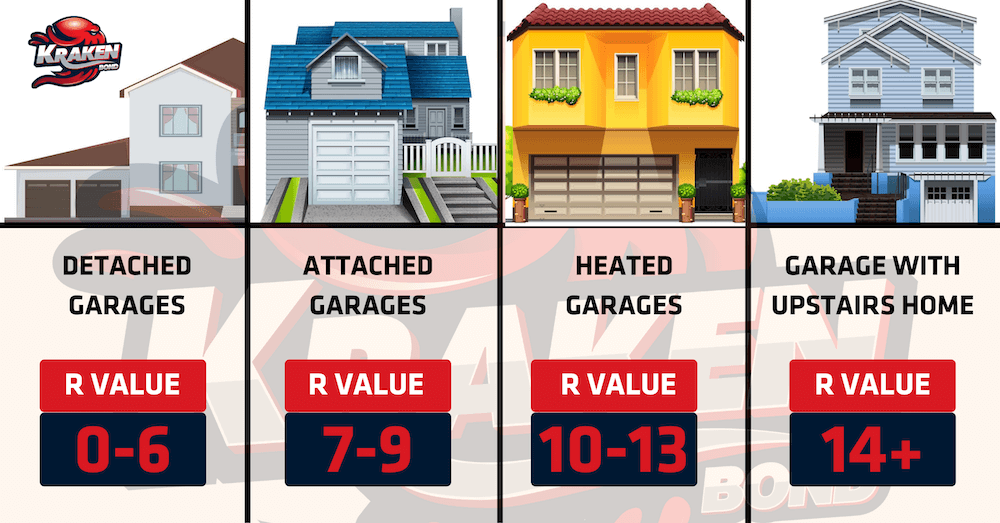

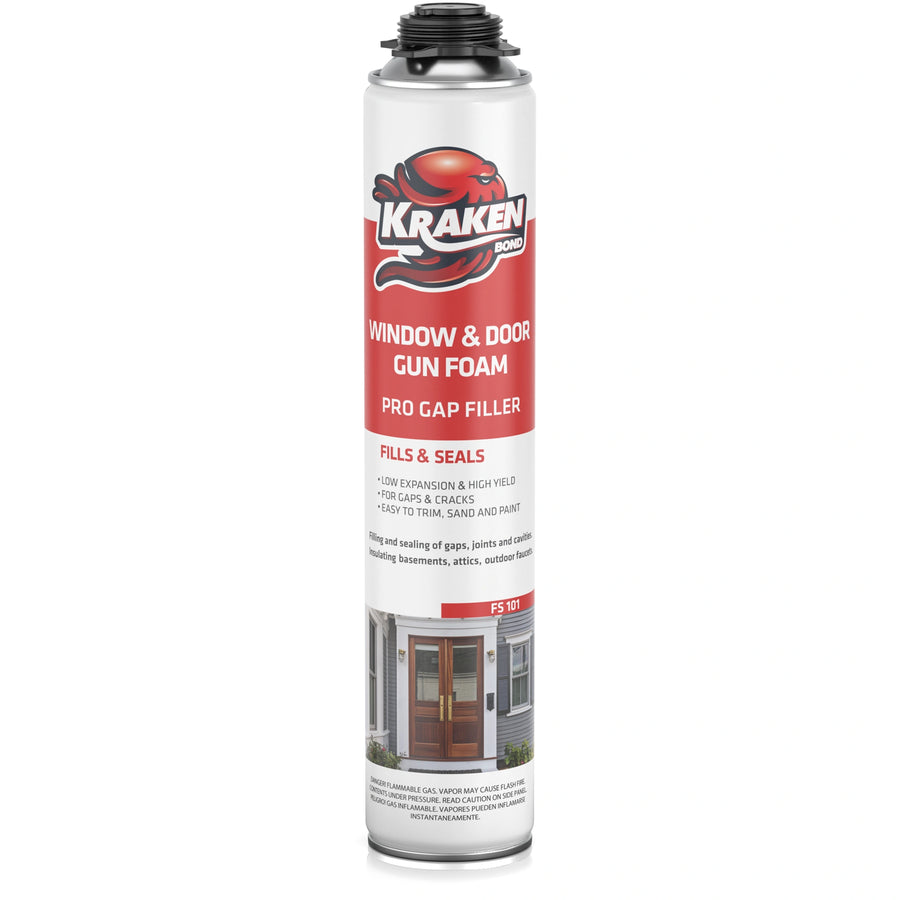
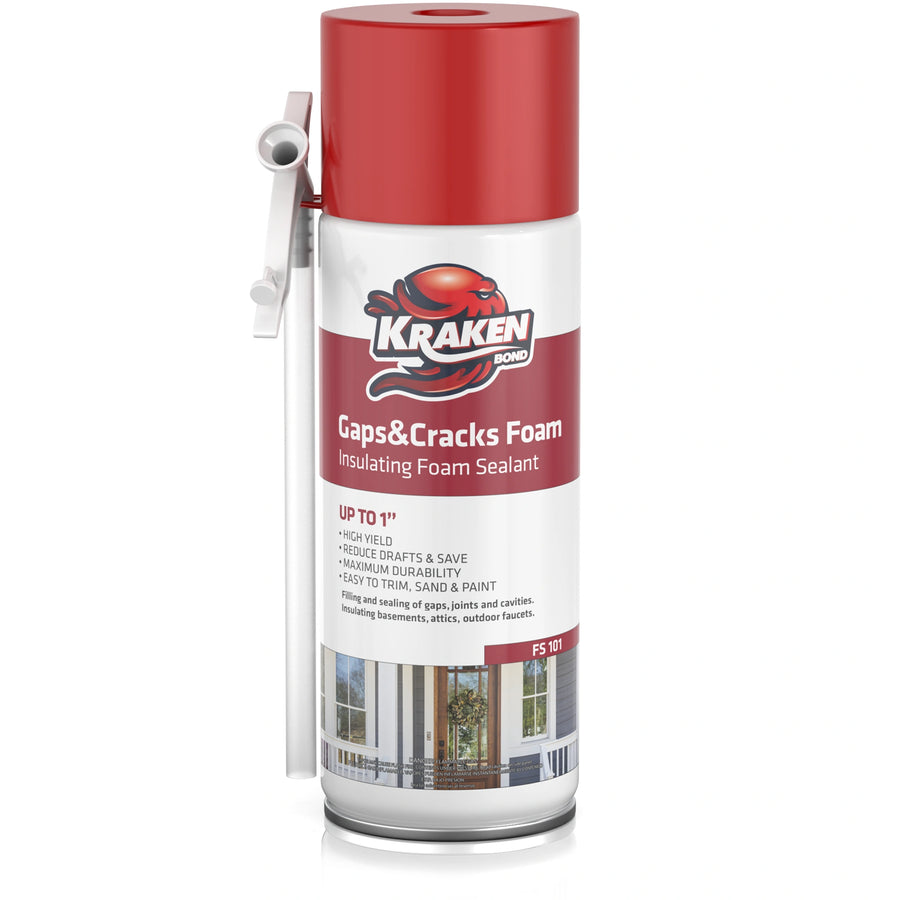
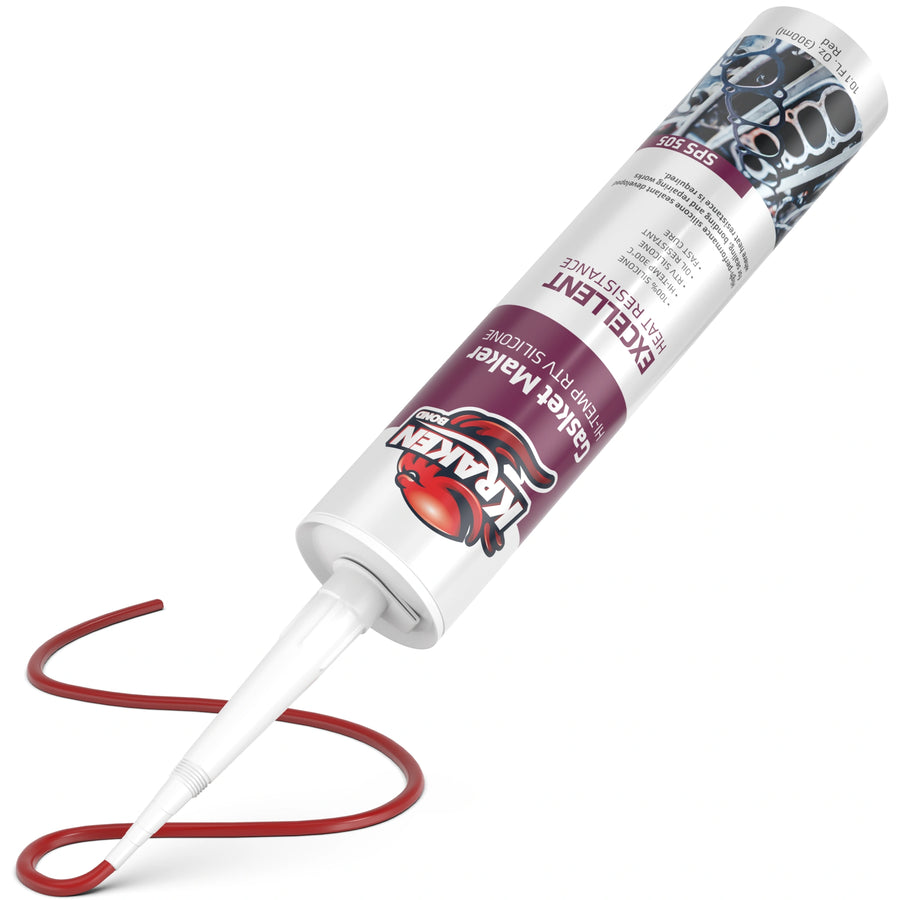
Your explanation of how spray foam roof insulation is much more enduring than other types of insulation—it can last up to 30 years when installed properly—helped me. Spray foam roof insulation is a cost-effective way to improve the energy efficiency of your home because of its long-lasting and durable effects. For a while now, my second cousin has considered updating the exterior of his home. When looking for a new roof later, I’ll have to see to it that he considers this option further.
Leave a comment